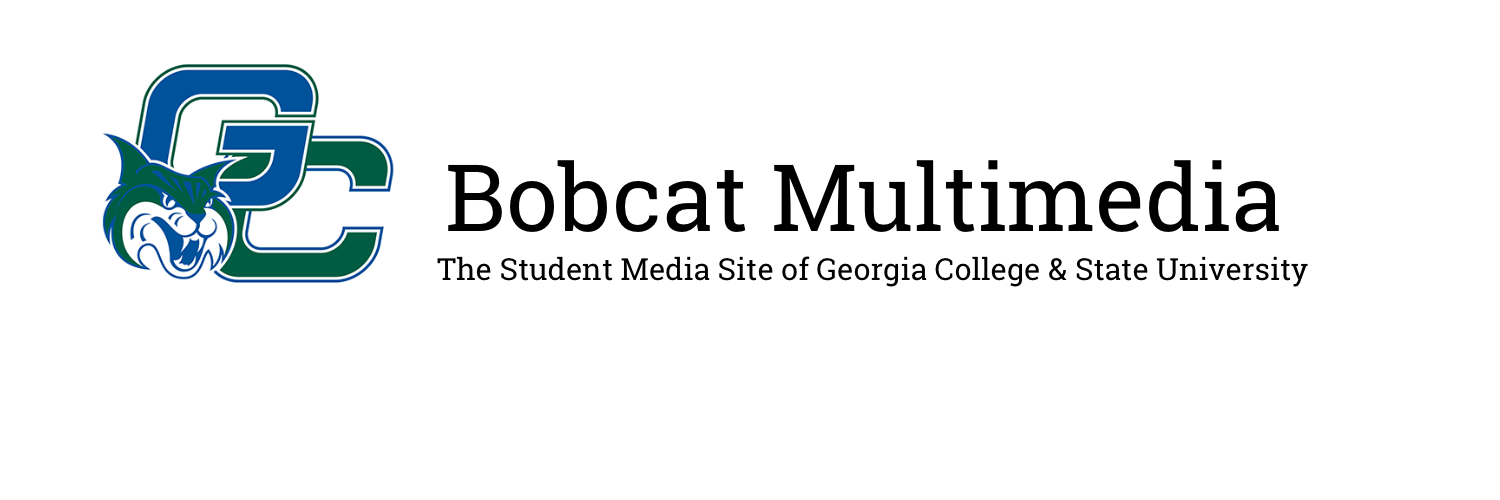
The 2025-2026 College football season is now into the stretch that separates aspiring playoff teams from pretenders. This season’s early results have produced both an unexpected topping of the rankings as well as enough volatility within the top teams to keep experts guessing until later in the season.
Thus far, Ohio State sits atop the conversation as the sport’s most consistent powerhouse; however, a small spate of unheralded victors and a crowded Heisman discussion means that nothing is truly settled.
As far as rankings are considered, polls and power rankings have repeatedly placed Ohio State at No. 1. Behind them, Miami and the ascending Indiana State. Conference title races in the Big Ten, SEC and Pac-12 are foreshadowing a November schedule in which only one upset will drastically tip the scales and rewrite the playoff field.
These national rankings reflect the consensus of the team’s records; Ohio State, Indiana and Texas A&M all remain undefeated, and a tough loss against a lower-ranked school could break their stride, sending them down the ladder and out of the scope for playoff teams.
However, the sport always seems to bring midseason upsets, injuries and last-minute breakout plays always seem to remain the dominating feature of college football. Week eight produced a classic example: Louisville upset the No. 2 Miami, marking a dark stain of defeat on what would be a perfect record. This result complicates the predictive models and elevates the importance of conference championship games.
“It’s crazy how one loss can totally change a team’s season,” said Elija Brush, a senior data science major. “The selection committee always says they look at the ‘whole season,’ but honestly, a late loss, especially in a top-10 matchup, can erase months of good play. Sometimes it feels like timing matters almost as much as talent when it comes to who makes the playoffs.”
The College Football selection committee will be watching not just the wins, but the quality and timing of those wins.
“It’s not enough to just win anymore,” said Brett Peterson, a senior business major. “The committee wants convincing wins, beating good teams at the right time. I don’t know how they do it, if a good team beats a bad team, but only by a bit, they usually don’t care, but if a good team beats another good team by a bit, they really take that into account.”
Individual narratives often reshape the national conversation. The Heisman race is beginning to warm up, and different sports outlets have spotlighted multiple contenders, some expected, others arguable.
Students’ opinions on who might take the trophy seem to be quite realistic, understanding the strength of powerhouse programs.
“Right now, I’ve got Ohio State’s quarterback,” said Andrew Harrison, a junior accounting major. “Ohio State is just great right now, I mean, they won last year and they’re probably going to win again this year, the QB is really consistent, and it’s honestly the most impactful position, so you can definitely pinpoint the team’s success there. ”
Behind the campus talk is a rigorous, messy reality. The strength of schedules and conference championships is what matters most to the committee. Teams from a powerhouse conference (like the SEC) that dominate conference play and win non-conference matchups will often have the clearest path.
This helps to explain Ohio’s consistency and how it’s positioned its team so high in the rankings, but the quality of wins and the program’s track record in big games are what matter. Conversely, one bad loss or many injuries to star players can relegate a team to being viewers of the championship, rather than contenders.
In the coming weeks, fans will be staying up to date on the late-season head-to-heads between the top-10 teams. These games will produce signature wins (or losses) and develop the durability of star players.
Here, Heisman frontrunners handling pressure and injuries will affect not only individual awards but also team momentum. In these weeks, it is clear that conference title games will be decisive in deciding who will advance to the playoffs and who will be considered a Heisman contender.
For neutral observers, the beauty of this season relates to how many plausible storylines remain. People who live in Georgia will often be entrenched in the University of Georgia’s football team, with historic SEC matchups and rivalries keeping the season fresh.
Most recently, the University of Georgia had a decisive home game loss against Alabama, marking a distinct break in Stanford Stadium’s streak of home-game victories and Coach Kirby Smart’s tenuous relationship with Alabama.
“This one hurt,” Brush said. “You could feel the energy drop in the fourth quarter. I wasn’t at the game, but I watched it, and everyone I was with just wanted to go home during the last few minutes. It wasn’t just a loss, Kirby’s a great coach, and UGA has an amazing team, but he really needs to build something against Alabama to stay on top.”
As October falls into November, the College Football narrative will sharpen. The committee’s weekly rankings will create national favorites and contenders.
The playoff field will take shape in real-time, whether the final four will reflect preseason expectations or reward late surges in rankings remains to be seen; however, whatever lineup the selection committee announces in December, it will be forged in the pressure surrounding the midseason, Heisman conversation, and the chatter from college fans across the United States.

